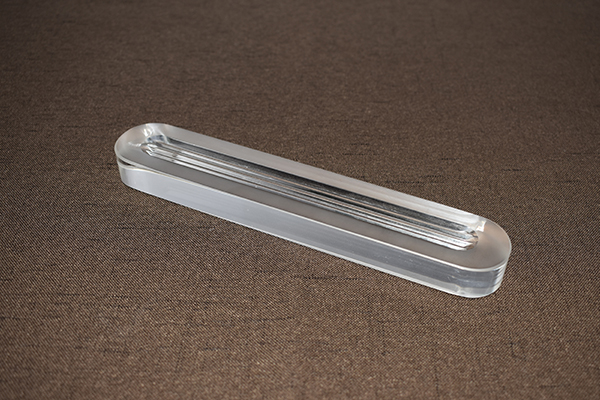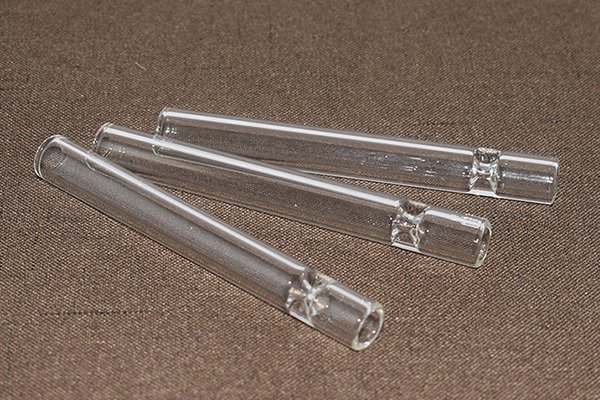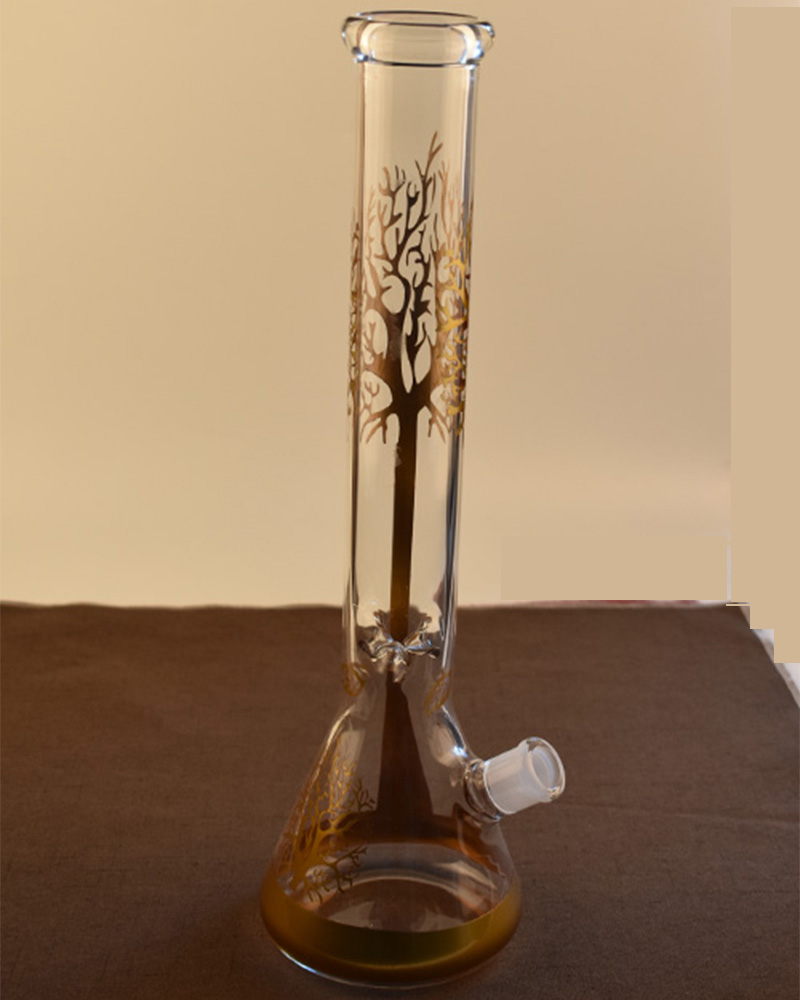News Detail
How to Test the Quality of Borosilicate Glass: From Light Transmittance to Heat Resistance
Borosilicate glass is widely used in laboratories, optics, and high-temperature industries due to its excellent physical and chemical properties. Ensuring its quality requires a combination of optical, thermal, and mechanical tests.
1. Light Transmittance Test
-
Purpose: To evaluate optical clarity and purity.
-
Method: A spectrophotometer measures visible light transmittance. High-quality borosilicate glass typically achieves over 90% transmittance for standard thickness.
2. Thermal Shock Resistance
-
Purpose: To determine the ability to withstand sudden temperature changes.
-
Method: Heat the glass to about 150–200°C, then rapidly cool it in room-temperature water. The glass should resist cracking, proving its low thermal expansion coefficient.
3. Heat Resistance Test
-
Purpose: To assess long-term stability at high temperatures.
-
Method: Place samples in a furnace at up to 450°C (for standard borosilicate) or higher for special grades. Observe for deformation, cracks, or optical distortion.
4. Mechanical Strength Test
-
Purpose: To evaluate durability under stress.
-
Method: Conduct bending or impact tests. For industrial sight glasses, pressure resistance tests may also be performed.
5. Chemical Resistance Assessment
-
Purpose: To verify performance in corrosive environments.
-
Method: Expose the glass to acids, alkalis, or solvents. High-quality borosilicate glass should maintain surface integrity with minimal weight loss.
Conclusion
A comprehensive evaluation — light transmittance, thermal shock resistance, heat resistance, mechanical strength, and chemical durability — ensures borosilicate glass meets strict performance standards, making it safe and reliable for demanding applications.



